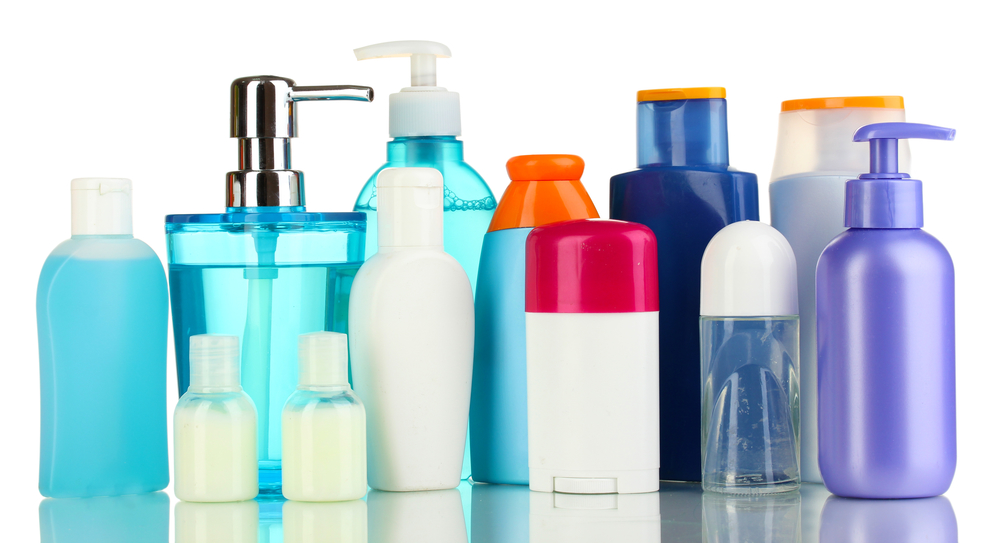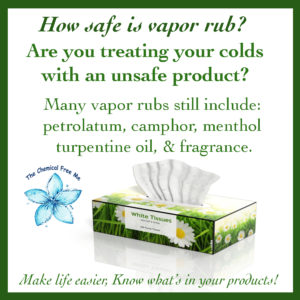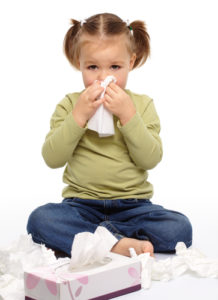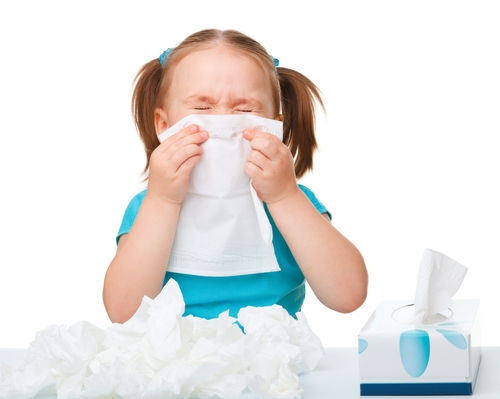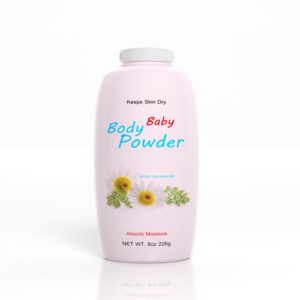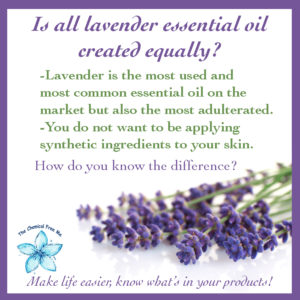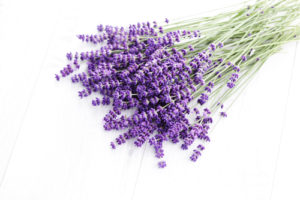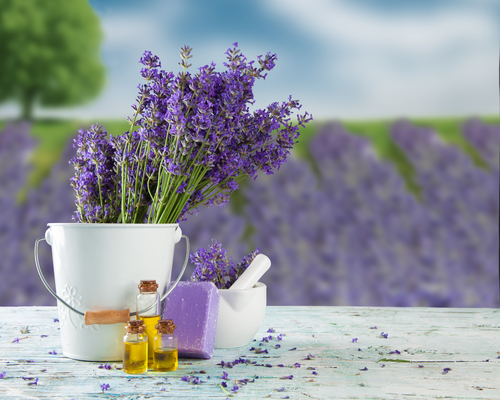Natural products are desired, but not all are created equal.
Marketing Departments are aware of the trend to ‘go natural’ and find safer products. Companies have gone as far as removing some ingredients, while leaving ingredients that are just as harmful. Counting on the fact that consumers are trusting, they preach about added natural ingredients. Read the label, know what is in your product.
The FDA does not regulate the term ‘all natural.’
Who is checking on your products and their safety?
Believe it or not that job is yours. The FDA does not regulate what goes into cosmetics aside colorings. http://www.fda.gov/Cosmetics/ResourcesForYou/Industry/ucm388736.htm#1)
80% of ingredients used in personal care products have never been tested for safety. There are no injury report requirements. There are no safety testing requirements.
What can you do to stay safe?
Reading your labels is the most important thing you can do. If you see things you don’t recognize, can’t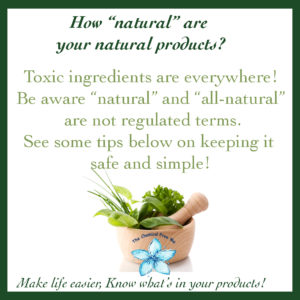 pronounce or couldn’t eat-skip it!
pronounce or couldn’t eat-skip it!
Avoid:
-Fragrance or parfum (this SINGLE ingredient may contain hundreds of untested ingredients and phthalates)
-Phthalates
-Sulfates
-Petroleum products
-Parabens
For those of you new to our blog feel free to download our Free Toxin Checklist to help you decode the labels of your current products. Toxin Checklist
I know this blog post is slightly repetitive but it has surprised me recently when people have declared to me how natural their latest purchase was when it still includes fragrance, toxic colors and various other toxins. Before you set out to buy the inevitable personal care products as stocking stuffers and holiday gifts be sure to know the difference! Don’t be fooled by a “natural” label. Make sure your ingredients were still grown in nature, not in a lab!
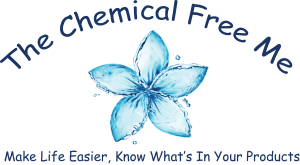
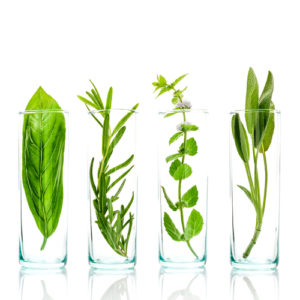
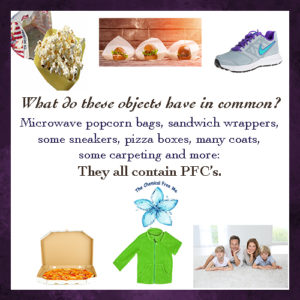
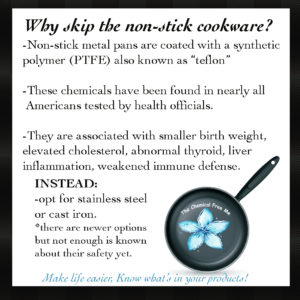
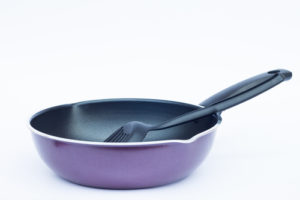
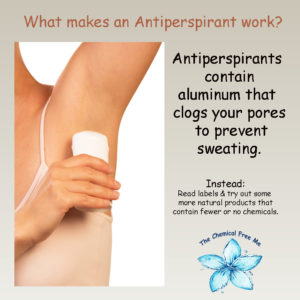
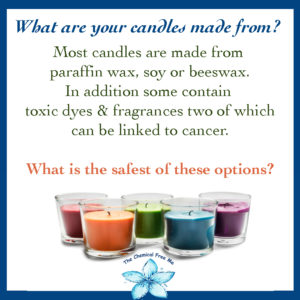
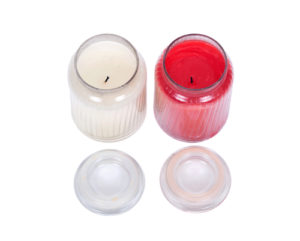
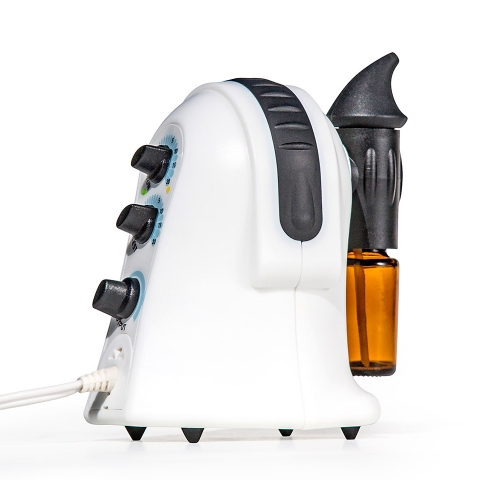
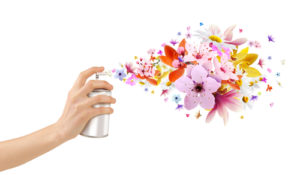
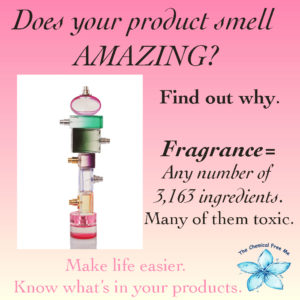

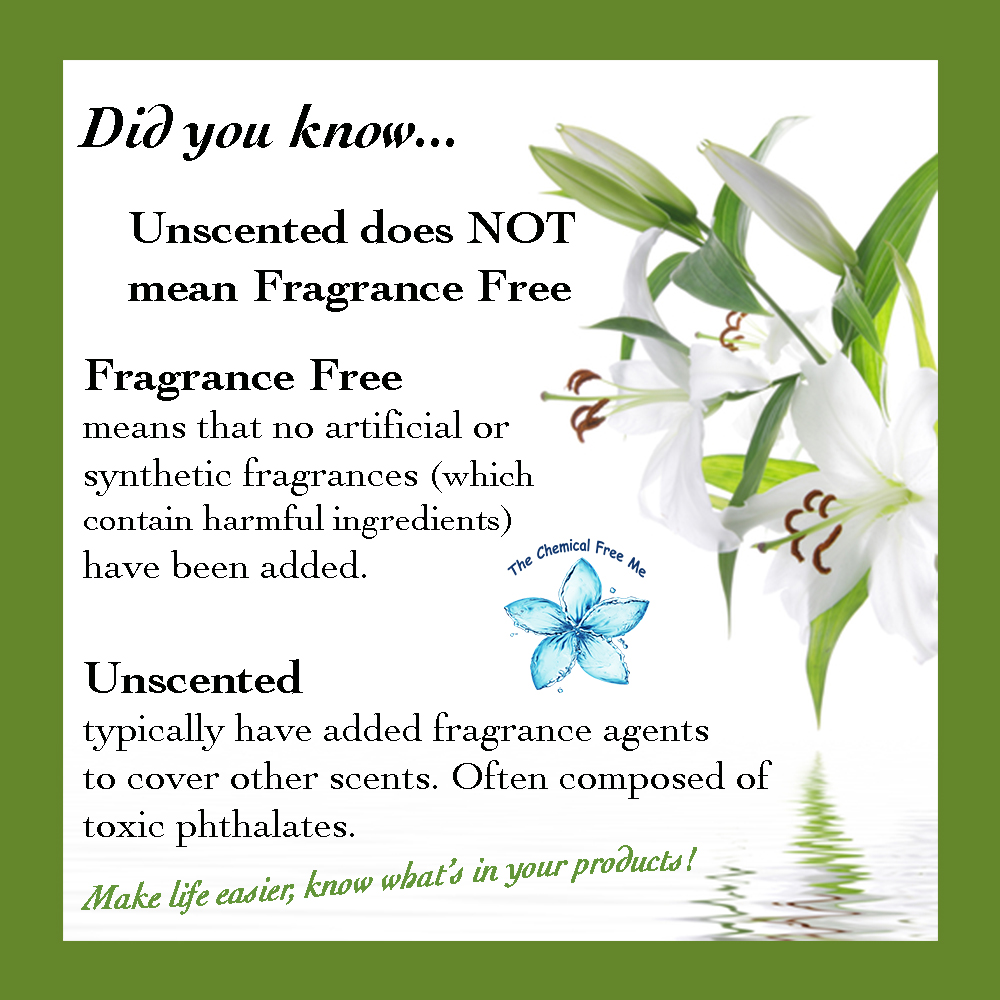
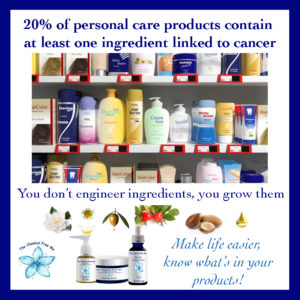 ctly linked to cancer, hormone and thyroid disruption and more.
ctly linked to cancer, hormone and thyroid disruption and more.
